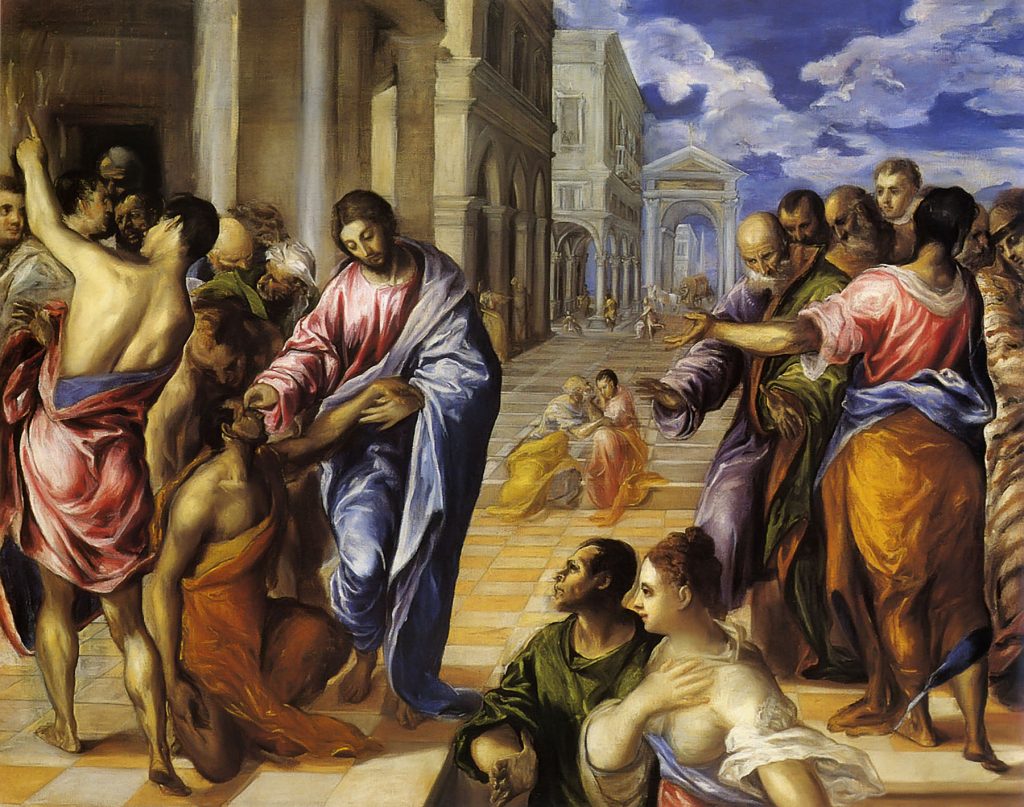
El Greco
This post continues from earlier ones on Spong’s discussion of the meaning and nonhistoricity of miracles in the gospels. See the link above to Spong: Jesus for the Non Religious for these earlier posts.
In discussing the miraculous cure of the blind man in the Gospel of John, John Spong makes a point that I have made in recent posts about Gospel genre: the gospels are not designed to relate marvellous events performed Jesus, but rather to focus on pointing out the identity of Jesus. If this truly is the point of the miracle narratives in the gospels, then some questions come to mind over what reasons anyone might have for thinking they might have some historical basis.
Firstly, if they are told to illustrate a theological construct about Jesus, then we have a candidate for a tendentious motive in their appearances in the narratives.
Secondly, if they are not told to focus on the astonishing personality and impact Jesus had among his contemporaries as a renowned healer (or even shaman, as some have suggested), then we have no reason to think that they formed part of any genuine biographical information about Jesus.
Spong himself does not question the historicity of Jesus. Spong is clear that he believes “of course” there was a historical figure who was baptized by John, crucified by Pilate, and who gathered a few (though probably not twelve) disciples such as Peter (but not Judas, who was an anti-semitic invention).
But when I read the sorts of literary arguments by Spong where he points out that the miracle stories are not so much about the person of Jesus as a figure of history, but rather about a theological identity attributed to him by later authors, then I wonder why the question of historicity should not arise. Is not Spong’s argument essentially an argument that favours the Gospels being entirely theological-narrative inventions?
This looks post at the last of the healing miracles addressed by Spong in Jesus for the Non Religious. Continue reading “Miracles as symbol, not history or biography”
